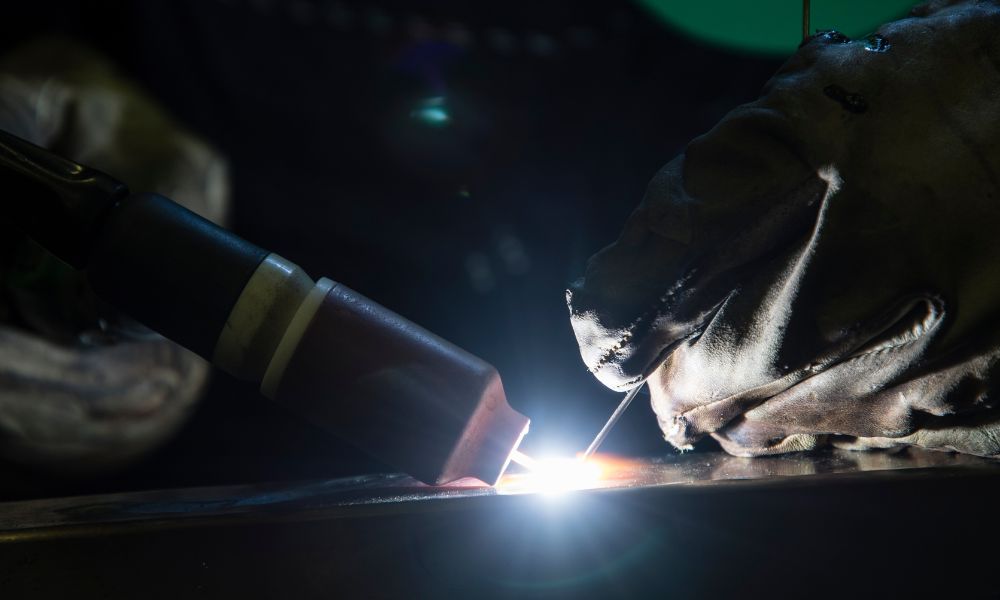Two methods of metal fabrication and industrial welding stand out for their precision and quality—laser and TIG welding. These methods differentiate top-notch fabrication from inferior techniques. Keep reading to learn the basics and differences between laser and TIG welding.
Laser Welding, Explained
Laser welding is a high-energy, beam-based process that melds metal with the precision of advanced robotics and the finesse of a surgeon’s scalpel. The laser beam provides a concentrated heat source, allowing for deep, narrow welds that produce a minimal heat-affected zone. This minimizes the risk of thermal deformation and eliminates the need for post-weld processing.
The power of laser welding lies in the fact that welders can produce high-quality welds with minimal to no defects. It’s vital in industries where intricate, micron-level detailing is non-negotiable, including the following:
- Automotive manufacturing
- Aerospace
- Medical device manufacturing
- Electronics production
TIG Welding, Explained
On the other side of the spectrum, we have tungsten inert gas (TIG) welding fabrication, a more classical but equally formidable competitor. TIG welding involves using an electrically charged, non-consumable tungsten electrode that generates heat to weld thin sections of stainless steel, nickel alloys, and aluminum. An inert shielding gas (argon or helium) protects the weld area and electrode from oxidation or other atmospheric contamination.
TIG’s key strength lies in versatility, enabling the welding of various metals. It gives the operator greater control over the weld, allowing for a controllable heat input and a clean, aesthetically pleasing bead. TIG welding is common in the following industries:
- Food and beverage
- Art and sculpture
- Shipbuilding
- Nuclear energy
The Key Differences Between Laser and TIG Welding
The key differences between laser and TIG welding come from their operational methods and application suitability. Laser welding excels through its highly concentrated heat source, enabling precise, deep welds with minimal thermal distortion. It is ideal for complex, high-volume manufacturing tasks where automation and speed are paramount.
In contrast, TIG welding offers unmatched versatility and quality in manual welding applications, allowing for greater control over the weld. This is crucial in tasks demanding aesthetic perfection and when working with materials sensitive to heat. Each method has its domain where it outperforms in terms of the weld and in aligning with the project’s requirements, whether intricacy, volume, material, or desired finish of the weld.
Find Precision Welding Services at Sytech Inc.
At Sytech Inc., we understand the importance of using the right welding tools and methods for the right job. Our welding services encompass a wide array of techniques, including laser, TIG, MIG, spot, and stud welding. Regardless of the scope of your project or the material you’re working with, our welds are nothing short of exemplary.
Request a quote for our welding services online, or contact our staff to learn more about our welding capabilities today.
